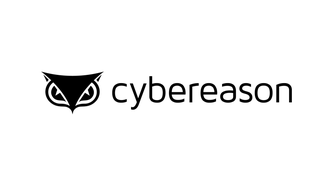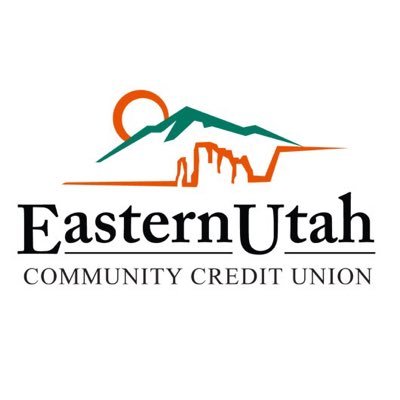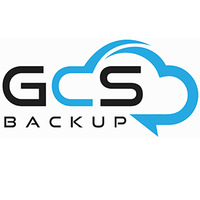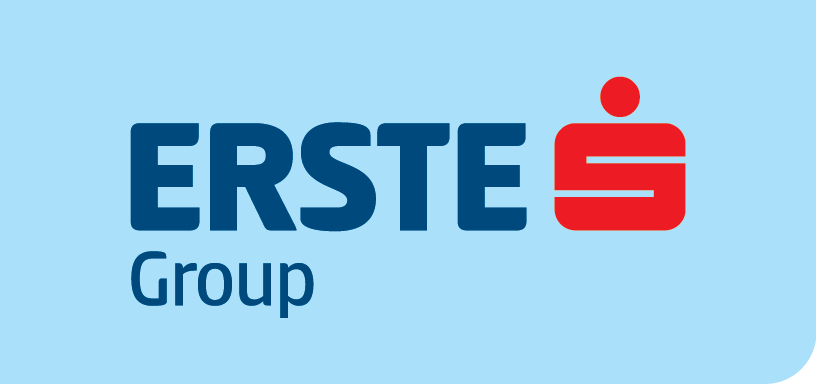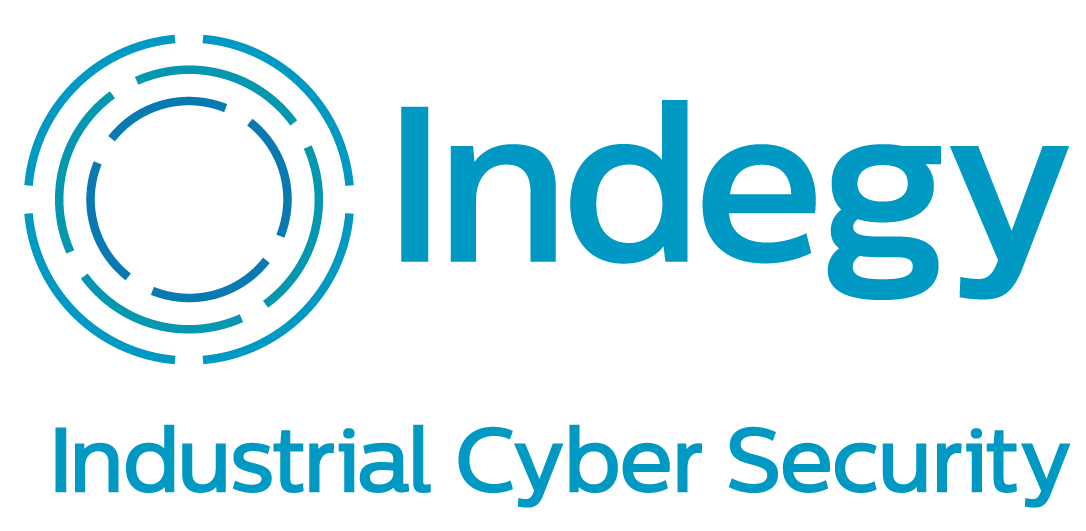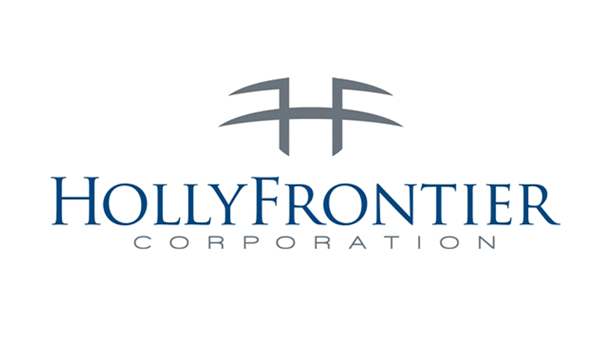ESET Endpoint Protection for IT reseller
Categories
Description
KEY BENEFITS FOR CCS MEDIA
• Intuitive user interface making management straightforward and simple.
• Issues are identified and dealt with quickly.
• ESET’s UK based customer support is reliable and trust worthy.
• ESET’s unobtrusive footprint allows CCS to run quickly and efficiently.
THE CUSTOMER
CCS Media are a privately owned IT reseller headquartered on the outskirts of the historic market town of Chesterfield, Derbyshire. Winner of the ‘Cisco Rising Star’ award, ‘CRN Reseller of the Year’, and many more accolades over their 30 plus years of service. CCS have 16 offices around the UK (including Wales and Scotland), over 250 employees and around £120 million in annual turnover. Today, they work with organisations all across the UK - delivering everyday IT, print and office supplies - and large-scale IT projects. CCS Media’s small IT department protects and maintains the company’s IT infrastructure in offices around the UK - all from their data centre in Chesterfield. Considering the nature of CCS Media’s business, impeccable IT security is critical. The company needs not only to protect its own information, but also sensitive customer data and its reputation in the marketplace as a trusted supplier of IT services.
TIME TO CHANGE
The geographic distribution of the organisation’s various offices was causing problems for CCS. Onsite IT support was proving to be both a very expensive and time-consuming exercise. The company needed a solution that would allow their small IT team to deploy, administer and maintain their security software, without having to spend so much time and money travelling. Additionally, they had found that previous solutions were often slow to deploy, caused issues with the end-user experience and did not provide effective support when CCS needed it most.
THE SOLUTION
CCS Media and ESET were introduced at a trade show through a mutual connection. CCS’s IT Director, Tony Cooke, decided to give ESET a try after recieving positive feedback from within the industry. Migrating the infrastructure over to ESET was seamless, happening over the course of a few days. ESET supported CCS’s IT department throughout the process. The install was silent and so flawless that most of the employees were unaware of the changeover. ESET now provides CCS Media with endpoint security, as well as data encryption for all of their client devices. Tony also commends the ESET interface as he finds it, “easy to use, intuitive and modern, which is important for today’s industry. “ This relationship has worked out to be extremely cost effective for CCS Media. The firm’s two-person IT team now manages what is essentially a network of hundreds of end-users dispersed all over the country. And, with ESET’s help, CCS’s team knows it can deal with any security threat the organisation may face.
“Obviously, time is money. Using ESET makes my job much easier, simply because of the tiny system footprint. Also, we don’t have any downtime on the network, so I can access whatever information I want at any time - and get on with selling and doing my job. I would recommend ESET because of the speed, the simplicity and the very helpful UK based tech support.” Chloe Butler, Business Development Manager, CCS Media
Details
Business tasks
Reduce Costs
Ensure Security and Business Continuity
Manage Risks
Problems
Malware infection via Internet, email, storage devices
High costs
Risk of lost access to data and IT systems
Risk of data loss or damage
Risk of attacks by hackers
Non-compliant with IT security requirements
Risk or Leaks of confidential information





